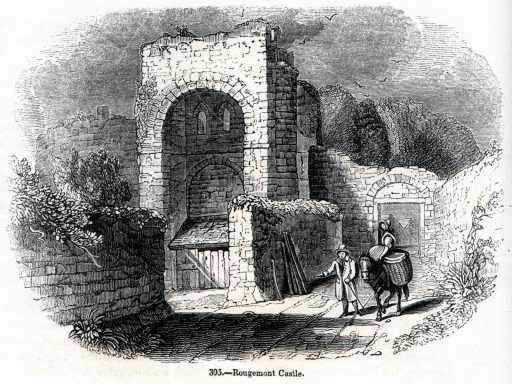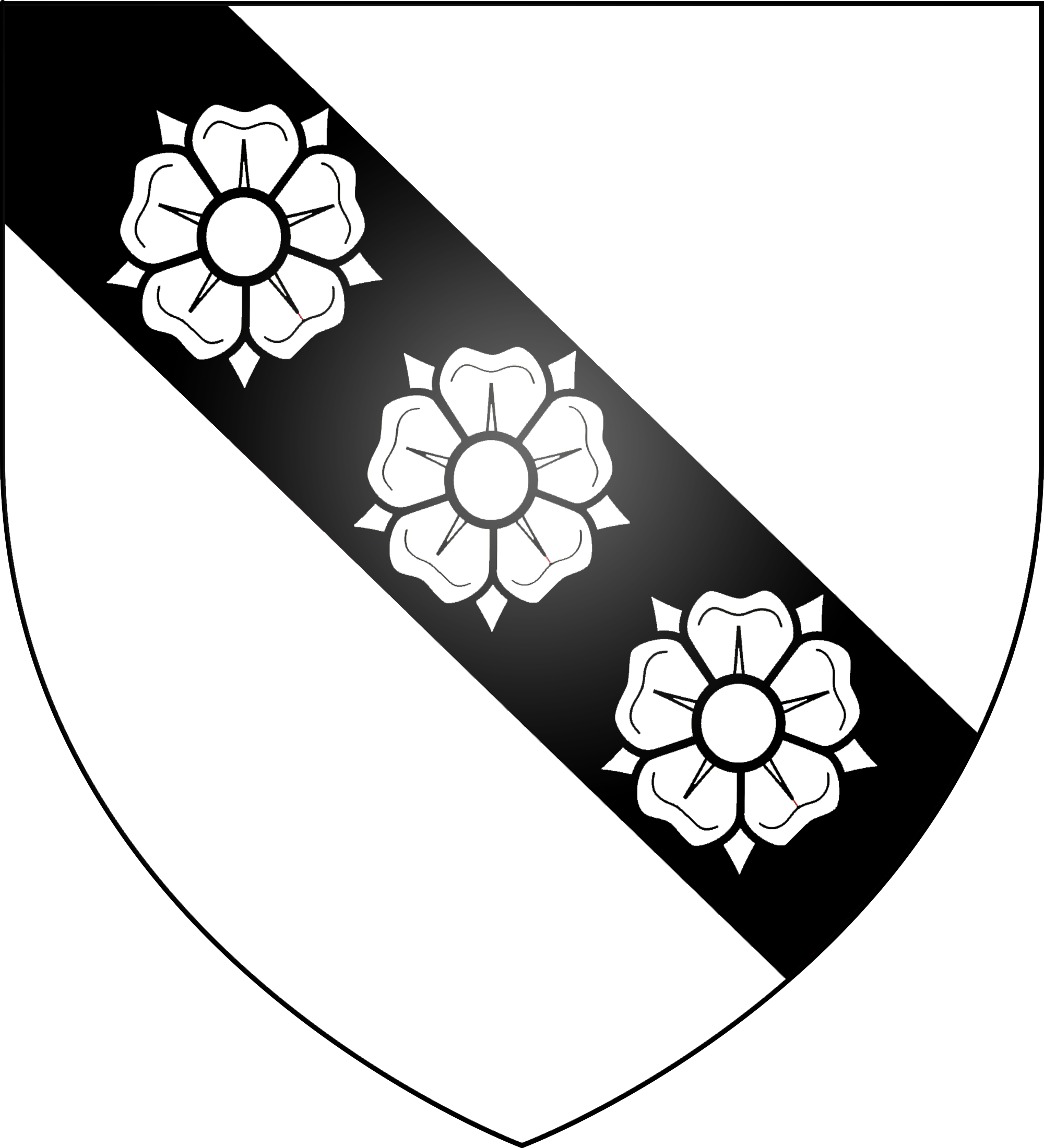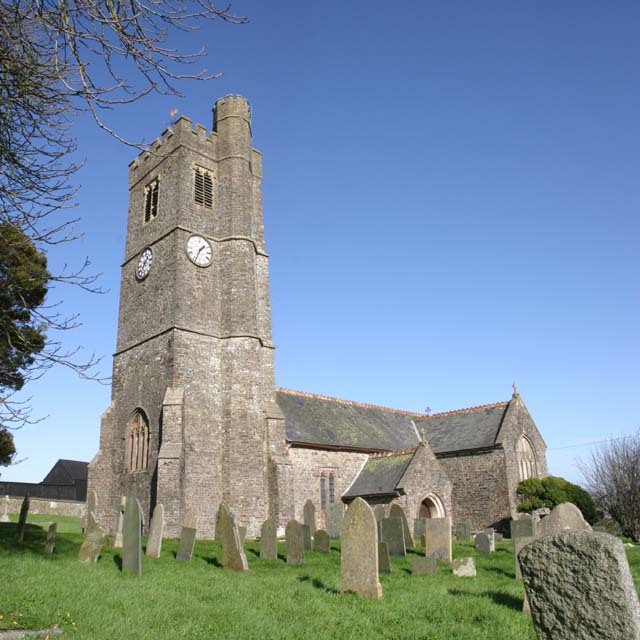|
Black Assize Of Exeter 1586
The Black Assizes is an epithet given to several outbreaks of "gaol fever" which struck various prisons and court-houses in England in the late 16th century and which caused the deaths of not only many prisoners awaiting trial but also the magistrates in the court buildings holding assizes. Causes The basic cause was fever spreading from insanitary jails via prisoners into dirty and overcrowded courtrooms.Cockburn, p.53 Notable outbreaks The most notable Black Assizes were: *1577: Black Assize of Oxford in Summer 1577. Among the dead victims were: Chief Baron Bell, Serjeant Barham, the Clerk of Assize, the Lord Lieutenant, the High Sheriff of Oxfordshire, the Coroner and almost 400 others. The names of the dead were recorded and survive as "The note of such as ar ded of this infection in Oxenford" in Bodleian manuscript Tanner 79 folio 182. *1598 Black Assizes of Northern Circuit. Among the dead were Baron Flowerdew, Justice Beaumont and "Serjeant Drewe", namely Edward Drew ( ... [...More Info...] [...Related Items...] OR: [Wikipedia] [Google] [Baidu] |
Gaol Fever
Typhus, also known as typhus fever, is a group of infectious diseases that include epidemic typhus, scrub typhus, and murine typhus. Common symptoms include fever, headache, and a rash. Typically these begin one to two weeks after exposure. The diseases are caused by specific types of bacterial infection. Epidemic typhus is due to '' Rickettsia prowazekii'' spread by body lice, scrub typhus is due to '' Orientia tsutsugamushi'' spread by chiggers, and murine typhus is due to '' Rickettsia typhi'' spread by fleas. Vaccines have been developed, but none are commercially available. Prevention is achieved by reducing exposure to the organisms that spread the disease. Treatment is with the antibiotic doxycycline. Epidemic typhus generally occurs in outbreaks when poor sanitary conditions and crowding are present. While once common, it is now rare. Scrub typhus occurs in Southeast Asia, Japan, and northern Australia. Murine typhus occurs in tropical and subtropical areas of ... [...More Info...] [...Related Items...] OR: [Wikipedia] [Google] [Baidu] |
Exeter Castle
Rougemont Castle, also known as Exeter Castle, is the historic castle of the city of Exeter, Devon, England. It was built into the northern corner of the Roman city walls starting in or shortly after the year 1068, following Exeter's rebellion against William the Conqueror. In 1136 it was besieged for three months by King Stephen. An outer bailey, of which little now remains, was added later in the 12th century. The castle is mentioned in Shakespeare's play ''Richard III'' in a reference to that king's visit to Exeter in 1483. Devon's county court was located here from at least 1607, and the three Devon Witches—the last people in England to be executed for witchcraft—were tried and convicted at the Exeter Assizes in 1682. All the buildings inside the walls were swept away in the 1770s to make way for a new courthouse, which was extended by the addition of wings in 1895 and 1905. Because of its function as a court, the interior of the castle was not open to the public unti ... [...More Info...] [...Related Items...] OR: [Wikipedia] [Google] [Baidu] |
Haccombe
Haccombe is a hamlet, former parish and historic manor in Devon, situated 2 1/2 miles east of Newton Abbot, in the south of the county. It is possibly the smallest parish in England, and was said in 1810 to be remarkable for containing only two inhabited houses, namely the manor house known as Haccombe House and the parsonage. Haccombe House is a "nondescript Georgian structure" ( Pevsner), rebuilt shortly before 1795 by the Carew family on the site of an important mediaeval manor house. Hoskins, W.G., A New Survey of England: Devon, London, 1959 (first published 1954), p.402 Next to the house is the small parish church dedicated to Saint Blaise, remarkable not only for the many ancient stone sculpted effigies and monumental brasses it contains, amongst the best in Devon, but also because the incumbent has the rare title of Archpriest and is accountable not to the local bishop (Bishop of Exeter), as are all other parish churches in Devon, but to the Archbishop of Canterbury. T ... [...More Info...] [...Related Items...] OR: [Wikipedia] [Google] [Baidu] |
Manor Of Clovelly
The Manor of Clovelly is a historic manor in North Devon, England. Within the manor are situated the manor house known as Clovelly Court, the parish church of All Saints, and the famous picturesque fishing village of Clovelly. The parish church is unusually well-filled with well-preserved monuments to the lords of the manor, of the families of Cary, Hamlyn, Fane, Manners and Asquith. In 2015 the Rous family, direct descendants via several female lines of Zachary Hamlyn (1677–1759) the only purchaser of Clovelly since the 14th century, still own the estate or former manor, amounting to about 2,000 acres, including Clovelly Court and the advowson of the parish church, and the village of Clovelly, run as a major tourist attraction with annual paying visitor numbers of about 200,000. Descent Normans Brictric/Queen Matilda The manor of ''CLOVELIE'' was recorded in the Domesday Book of 1086 as held at some time in chief from William the Conqueror by the great Saxon nobleman Br ... [...More Info...] [...Related Items...] OR: [Wikipedia] [Google] [Baidu] |
Lord Of The Manor
Lord of the Manor is a title that, in Anglo-Saxon England, referred to the landholder of a rural estate. The lord enjoyed manorial rights (the rights to establish and occupy a residence, known as the manor house and demesne) as well as seignory, the right to grant or draw benefit from the estate. The title continues in modern England and Wales as a legally recognised form of property that can be held independently of its historical rights. It may belong entirely to one person or be a moiety shared with other people. A title similar to such a lordship is known in French as ''Sieur'' or , in German, (Kaleagasi) in Turkish, in Norwegian and Swedish, in Welsh, in Dutch, and or in Italian. Types Historically a lord of the manor could either be a tenant-in-chief if he held a capital manor directly from the Crown, or a mesne lord if he was the vassal of another lord. The origins of the lordship of manors arose in the Anglo-Saxon system of manorialism. Following th ... [...More Info...] [...Related Items...] OR: [Wikipedia] [Google] [Baidu] |
Robert Carey (died 1587)
Robert Carey (c. 1515 – 1586), lord of the manor, lord of the manor of Clovelly in North Devon, was Member of Parliament for Barnstaple (UK Parliament constituency), Barnstaple, Devon, in October 1553 and served as Sheriff of Devon in 1555–56. He served as Recorder of Barnstaple after 1560. Along with several other members of the Devonshire gentry then serving as magistrates he died of gaol fever at the Black Assize of Exeter 1586, Black Assize of Exeter 1587. His large monument survives in Clovelly Church. Origins He was the fourth son of Robert Cary (died 1540), of Cockington and Clovelly, by his third wife Margaret Fulkeram (died 1547), daughter and heiress of William Fulkeram of Dartmouth, Devon. He was given the manor of Clovelly by his father. He was the first Cary to be seated exclusively at Clovelly, the manors of Cary and Cockington having been inherited by his half-brothers. Career He was a Justice of the Peace for Devon from 1547 until his death. He served as She ... [...More Info...] [...Related Items...] OR: [Wikipedia] [Google] [Baidu] |
Sheriff Of Devon
The High Sheriff of Devon is the Queen's representative for the County of Devon, a territory known as his/her bailiwick. Selected from three nominated people, they hold the office for one year. They have judicial, ceremonial and administrative functions and execute High Court Writs. The title was historically "Sheriff of Devon", but changed in 1974 to "High Sheriff of Devon". History The office of Sheriff is the oldest under the Crown. It is over 1000 years old; it was established before the Norman Conquest. It remained first in precedence in the counties, until the reign of Edward VII, when an Order in Council in 1908 gave the Lord-Lieutenant the prime office under the Crown as the Sovereign's personal representative. Under the provisions of the Local Government Act 1972, on 1 April 1974 the office previously known as Sheriff was retitled High Sheriff. The High Sheriff remains the Sovereign's representative in the county for all matters relating to the Judiciary and the mainten ... [...More Info...] [...Related Items...] OR: [Wikipedia] [Google] [Baidu] |
Raleigh, Pilton
The historic manor of Raleigh, near Barnstaple and in the parish of Pilton, North Devon, was the first recorded home in the 14th century of the influential Chichester family of Devon. It was recorded in the Doomsday Book of 1086 together with three other manors that lie within the later-created parish of Pilton. Pilton as a borough had existed long before the Norman Conquest and was one of the most important defensive towns in Devon under the Anglo-Saxons. The manor lies above the River Yeo on the southern slope of the hill on top of which exists the ruins of the Anglo-Saxon hillfort of Roborough Castle. The historic manor of Raleigh is now the site of the North Devon District Hospital. Domesday Book Under the heading ''Terra(e) Ep(iscop)i Constantiensis'' ("Lands of the Bishop of Coutances" (Geoffrey de Montbray (died 1093)) and under the sub heading ''Infra scriptas t(er)ras tenet Drogo de Ep(iscop)o'' ("The undermentioned lands Drogo holds from the Bishop"), is the foll ... [...More Info...] [...Related Items...] OR: [Wikipedia] [Google] [Baidu] |
John Chichester (died 1586)
Sir John Chichester (died 31 March 1586) lord of the manor of Raleigh in the parish of Pilton, near Barnstaple, North Devon, was Sheriff of Devon in 1576/7 and/or in 1585Vivian, p.174, pedigree of Chichester of Raleigh and died of gaol fever contracted whilst acting as a magistrate at the Lent Black Assizes of Exeter in 1586. Origins John Chichester was the eldest son and heir of Sir John Chichester (1519/20-1569) of Raleigh, a leading member of the Devonshire gentry. His mother was Gertrude Courtenay, a daughter of Sir William Courtenay (1477–1535) of Powderham. He had at least six brothers, three of whom became Governor of Carrickfergus: Sir John Chichester, junior, who was killed at the Battle of Carrickfergus (1597); Arthur Chichester, 1st Baron Chichester (1563–1624/5) who succeeded him; and Edward Chichester, 1st Viscount Chichester (1568–1648) of Eggesford, Devon, who became governor on Arthur's death. Marriage and children John Chichester married Anne Dennis, ... [...More Info...] [...Related Items...] OR: [Wikipedia] [Google] [Baidu] |
Atherington, Devon
Atherington is a village and civil parish in the North Devon district of Devon, England, about 8 miles south of Barnstaple. According to the 2001 census the parish had a population of 391. The church of St Mary is Perpendicular and was restored by J. L. Pearson in 1884. The church has a screen and gallery dating back 400 years, as well as a roodloft stairway of the same age. In the loft are Elizabethan heraldic panels. There is also a 15th-century screen across the chancel, and a font of the same period. The north aisle part of the screen retains the original canopy and as such is unique in Devon (it was carved by two craftsmen from Chittlehampton c. 1540). The chancel section was brought here from Umberleign c. 1800. The benches have elaborate carved ends, and there is some very old stained glass Stained glass is coloured glass as a material or works created from it. Throughout its thousand-year history, the term has been applied almost exclusively to the windows of chur ... [...More Info...] [...Related Items...] OR: [Wikipedia] [Google] [Baidu] |
Umberleigh
Umberleigh is a former large manor within the historic hundred of (North) Tawton, but today a small village in North Devon in England. It used to be an ecclesiastical parish, but following the building of the church at Atherington it became a part of that parish. It forms however a part of the civil parish of Chittlehampton, which is mostly located on the east side of the River Taw. The manor of Umberleigh, which had its own entry in the Domesday Book of 1086, was entirely situated on the west side of the River Taw and was centred on the Nunnery which was given by William the Conqueror to the Holy Trinity Abbey in Caen, Normandy. The site was later occupied by the manor house of Umberleigh, the present Georgian manifestation of which, a large and grand farmhouse, is known as "Umberleigh House". Next to the manor house in about 1275 was founded Umberleigh Chapel, now a ruin the single remaining wall of which forms the back wall of a farm implements shed. Descent of the man ... [...More Info...] [...Related Items...] OR: [Wikipedia] [Google] [Baidu] |
Justice Of The Peace
A justice of the peace (JP) is a judicial officer of a lower or '' puisne'' court, elected or appointed by means of a commission ( letters patent) to keep the peace. In past centuries the term commissioner of the peace was often used with the same meaning. Depending on the jurisdiction, such justices dispense summary justice or merely deal with local administrative applications in common law jurisdictions. Justices of the peace are appointed or elected from the citizens of the jurisdiction in which they serve, and are (or were) usually not required to have any formal legal education in order to qualify for the office. Some jurisdictions have varying forms of training for JPs. History In 1195, Richard I ("the Lionheart") of England and his Minister Hubert Walter commissioned certain knights to preserve the peace in unruly areas. They were responsible to the King in ensuring that the law was upheld and preserving the " King's peace". Therefore, they were known as "keepers o ... [...More Info...] [...Related Items...] OR: [Wikipedia] [Google] [Baidu] |





